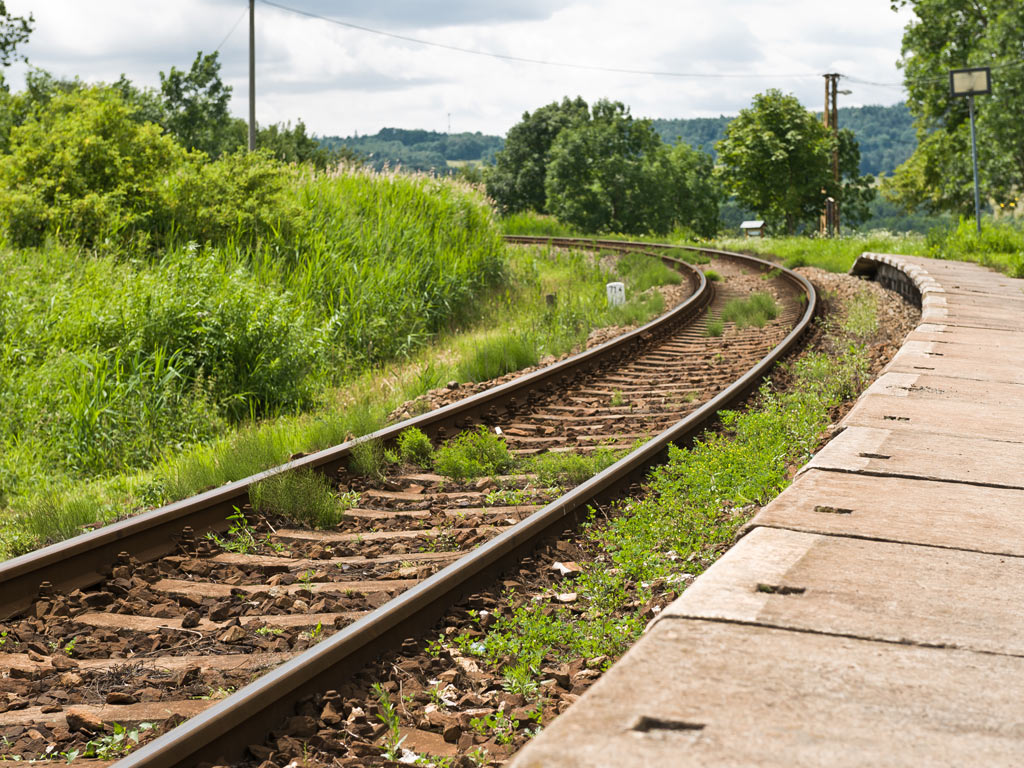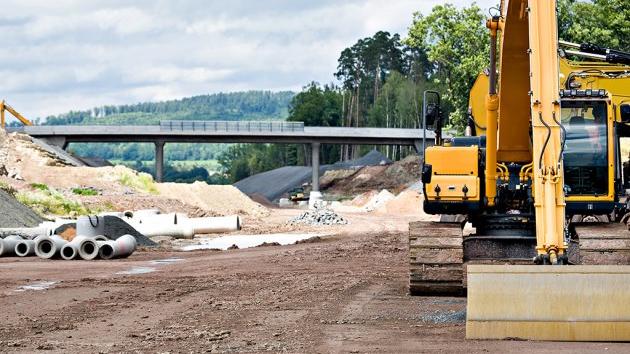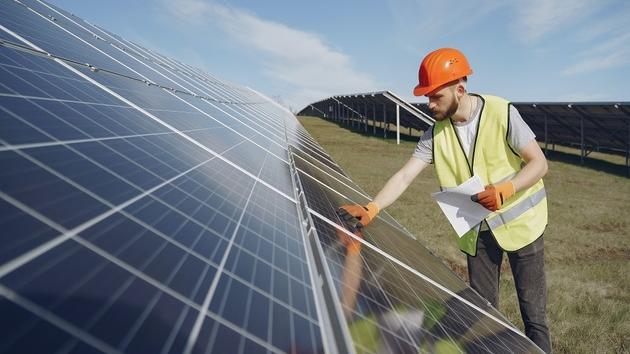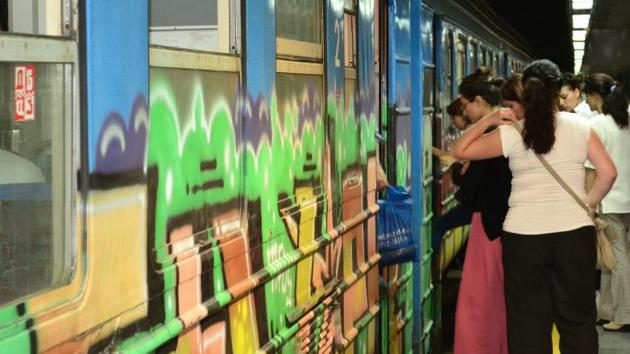Where does the railway stand after 137 years? – Why it is not realistic for trains to become the main means of transport for people and goods
Source: eKapija
 Tuesday, 21.09.2021.
Tuesday, 21.09.2021.
 11:04
11:04
 Tuesday, 21.09.2021.
Tuesday, 21.09.2021.
 11:04
11:04
Illustration (Photo: Arts Illustrated Studios/shutterstock.com)

Drop in rail and increase in road transport in past 7 years
At the 2021 Western Balkans Rail Summit, several days ago, prime minister Ana Brnabic stated that “only a train can replace a large number of trucks” and that “a strong rail system has always been a symbol of the country’s economic development”. This is true: before the railway system started working, Belgrade was a small town with 25,000 residents, and Nis and Leskovac had 13,000 each. There were only two factories in Serbia at the time, and, due to the lack of means of transport, people from rural areas would sell their goods to middlemen at prices five times lower than those in the cities.
The prime minister also said that “the aim is for the railways to be the primary means of transport, both passenger and cargo transport”. However, today, many railways in Serbia are closed and in a bad condition, the railway does not offer the kind of service that the citizens and the economy need, and the situation regarding the staff is worse than ever. What do the numbers – so popular these days when there’s talk about the GDP growth, foreign investments and kilometers of highways – say?
In practice, the number of rail passengers in Serbia dropped from around 13 million a year in 2011 to around 4 million in 2019. Meanwhile, bus transport in Serbia stagnated.
What caused this dramatic drop in the number of passengers? First of all, the most important railway station on the state level, in the center of Belgrade, was closed down. Parallel with this, a railway station called “Belgrade Center” was opened. What does this station lack in order to make sense after investments worth hundreds of millions of euros? Number one – Belgrade, number two – the center. A considerable number of people living in Belgrade couldn’t find it without a problem.
Another thing that led to a huge drop in the number of passengers is the great reduction of the number of departures on the busiest rail public transport line in Belgrade, BG:VOZ.
The third thing is the discontinuation of most international rail lines. Of the 15 daily international rail lines from Belgrade in 2011, only 3 were left by 2019. Regular international traffic with Bulgaria, Romania, Macedonia and Bosnia and Herzegovina was discontinued entirely.
Four, rail traffic on the Belgrade-Novi Sad, the busiest rail line in Serbia, has been fully stopped for several years.
Five, due to the reduction in the number of available work force to far below the technical minimum, problems with railway maintenance appeared even in places where there hadn’t been any before.
Six, there are long periods during which there is no traffic due to works on railways, or when railways are damaged due to the weather, which are not in line with even the techniques of construction from the early 20th century, let alone the 21st century.
Seven, the train schedule is not adapted to people’s needs. All this has led to the loss of two thirds of passengers, despite the investments in the reconstruction of railways and new trains.
As for cargo transport, there was a drop by 12% in the same period, whereas the volume of road transport doubled in the same period. Due to the switch in long-line transport from trains to trucks, the amount of ton kilometers in road transport in 2019 is as much as 275% higher compared to 8 years before!
What a strange way of achieving the set goal – making the railway the main means of transport for people and goods…
Investments without usage plan
There are investments in the Belgrade-Pancevo railway, and the number of trains to Pancevo is being reduced to a third. Furthermore, instead of planning the construction and expansion of the city along the two-track railway, where railway transport similar to a subway system could be made, there are no major construction activities toward Ovca, and, in the center of Belgrade, which has always been easily accessible by railway, the railway is being removed in the location of the construction site of a residential neighborhood! This runs counter to the best practice from Europe, Asia and America, where the construction of skyscrapers is tied to large railway stations, as the fastest and most massive means of transportation.
After the reconstruction of the railway from Sabac to Mali Zvornik, there is no system of departures which fits with the schedules in either Ruma, Sabac, or Loznica.
Also, following the capital overhaul of the Lapovo-Kragujevac railway, there is no single direct train line to Belgrade from Kragujevac or any train departures that fit with the shifts of workers, pupils and students in Kragujevac.
After the reconstruction of the worst parts of the railway from Nis to Skopje, the number of regular international passenger trains to Skopje dropped from two in both directions to zero.
The success of the Belgrade-Vrsac and Novi Sad-Sombor lines is only an exception in a system in which it seems as if the goal is not for anyone or anything to be transported by rail. All this in a state where the share of transportation costs in the national income is over 25%, far above the 10% that is usual in Europe.
Karlo Polak, Rail Traffic Engineer (Brest, Belarus)
Companies:
 Vlada Republike Srbije
Vlada Republike Srbije
Tags:
Government of Serbia
Ana Brnabić
railway
development
analysis
perspective
railways
condition
number of passengers
investments
number of trains
Belgrade Pančevo railway
Šabac Mali Zvornik railway
Lapovo Kragujevac railway
Niš Skopje railway
Bg voz
Western Balkans Rail Summit
Comments
Your comment
Most Important News
Full information is available only to commercial users-subscribers and it is necessary to log in.
Follow the news, tenders, grants, legal regulations and reports on our portal.
Registracija na eKapiji vam omogućava pristup potpunim informacijama i dnevnom biltenu
Naš dnevni ekonomski bilten će stizati na vašu mejl adresu krajem svakog radnog dana. Bilteni su personalizovani prema interesovanjima svakog korisnika zasebno,
uz konsultacije sa našim ekspertima.


 Izdanje Srbija
Izdanje Srbija Serbische Ausgabe
Serbische Ausgabe Izdanje BiH
Izdanje BiH Izdanje Crna Gora
Izdanje Crna Gora


 News
News












